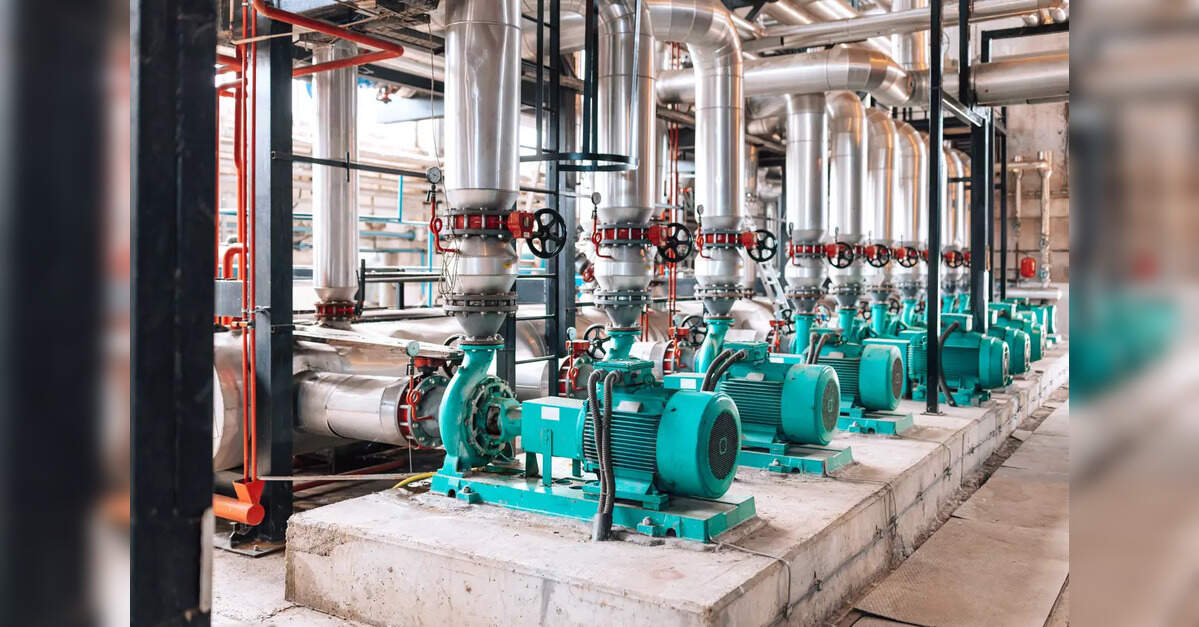Senior living and care market fundamentals continue to strengthen: report
Senior living and care market fundamentals grew stronger in the first half of 2025 as occupancy increased, according to a report released Tuesday by commercial real estate company Cushman & Wakefield.
Occupancy is hovering around 90%, a level not attained since 2017, said Cushman & Wakefield, which surveyed more than 75 senior living and care market leaders for the report. The number of occupied units reached a new all-time-high in the first half of the year. At the same time, inventory growth remains near historic lows.
“Secular tailwinds are stronger than ever. To meet market demand at peak levels, supply growth must increase by 35,000 to 45,000 units per year, beginning today,” according to the report. “For context, the highest number of units delivered in a year was 34,000 with less than 10,000 units delivered over the trailing 12-month period, with construction starts dipping to a new low.”
Financing is tight now, even as the number of middle-income older adults is projected to double by 2029. According to the survey, half of those older adults will not have adequate finances to afford traditional senior living communities.
The active adult market is picking up speed, “achieving favorable rent growth indications that are consistent with conventional senior living, with operating expenses and debt underwriting that is more consistent with conventional multifamily,” according to Cushman & Wakefield.
Senior living and care transaction volume increased by almost 70% year over year in the second half of 2024. It reached its highest post-pandemic levels “as dry powder emerged from the sideline and debt liquidity cautiously returned to the sector,” the report said.
Skilled nursing transaction volume increased by 27% year over year in the second half of 2024.
“Regulatory uncertainty and ongoing staffing concerns will likely keep transaction volume at more moderate levels though the second half of 2025,” Cushman & Wakefield said.
The average transaction price per unit increased by 46% year over year in the first quarter of 2025, according to the data.
“This increase in average price per unit highlights investors shift back to core investment strategies, as buyer vs. seller expectations of well operated properties realign,” Cushman & Wakefield said.
Thirty-seven percent of the participants said they are targeting core-plus investment strategies in 2025, compared with 25% a year ago. Thirty-one percent of all respondents said they are focused on opportunistic or distressed investment strategies in 2025, compared with 43% a year ago.
“Though opportunistic / distressed strategies are still sought out by investors, limited opportunity for this strategy has materialized, due to lender workouts and favorable property market performance,” according to the report.









